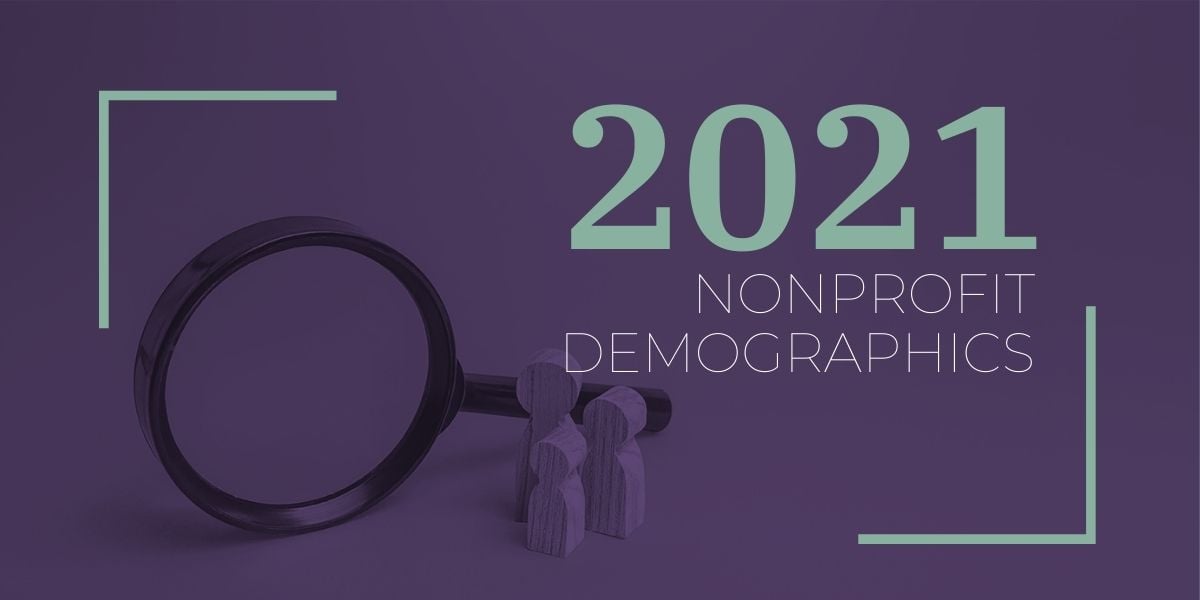
The demographics of nonprofit organizations are constantly evolving, and it’s critical to pay close attention to those changes. Just as the communities they serve grow, nonprofits must adjust their strategies to ensure that they continue to meet demand.
The Nonprofit Organization Research Panel Project Manager recently released the first of a multi-year national survey of nonprofits that looks specifically at demographics. For its 2021 survey, the panel also reviewed how the events of 2020 impacted the nonprofit sector and what was impacted most. Here are a few highlights of the research panel’s findings.

Nonprofit Locations Mirror Population
The distribution of Nonprofits across the U.S. matches the distribution of the population. But one thing that stood out in the survey was that more nonprofits are located in low-income communities. The study found that 45 percent of nonprofits focus on households below the federal poverty level.
But the study didn’t just look at the location of nonprofits. It also gathered information on the communities they serve. The study found that 21 percent of nonprofits deliver services exclusively in urban areas, with 19 percent sticking to rural areas and 10 percent only delivering to suburban areas.
Staff and Boards Struggle With Diversity
The staff and board members of nonprofits are primarily female, but more men serve on Boards. Diversity has shown improvement, but nonprofits still have some work to do in this area. Today, 70 percent of nonprofit boards have at least one person of color, compared to only 51 percent in 2005.
Diversity struggles are most prevalent in rural areas, where only 42 percent of nonprofits have staff members of color and only 8 percent have executive directors and board chairs who aren’t white. The lack of diversity is also glaringly obvious among board chairs, where 79 percent of board chairs are non-Hispanic white.

COVID Impacted Nonprofit Donations
In 2020, the economic impact of the COVID pandemic brought a noticeable decrease in donations, and more nonprofits saw a decrease in contributions in 2020 than in the previous five years. Arts organizations saw the most significant decline.
Nonprofits rely heavily on donations, so even a slight decrease can deliver a serious blow. Volunteerism also decreased in 2020, a problem for nonprofits that rely on unpaid workers to carry out their mission. Although full-time employment remained stable, thanks to government relief, total volunteers dropped 33 percent on average in 2020. Additionally, in 2020, nonprofits lost 7 percent of their part-time staff.
Nonprofits in rural areas were hit hardest by this drop in workers. From 2019 to 2020, rural nonprofits saw an 18 percent decline in part-time staff, a 41 percent drop in regular volunteers, and a 58 percent reduction in episodic volunteers.
By monitoring nonprofit demographic trends, organizations can identify areas where they need to make changes to serve their communities adequately. It also can serve as a predictor of what the next year will bring for the nonprofit sector. Click here to read the full Nonprofit Trends and Impacts 2021 report.